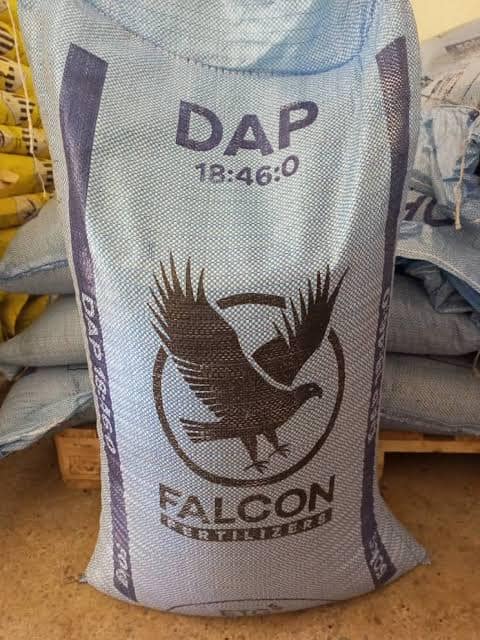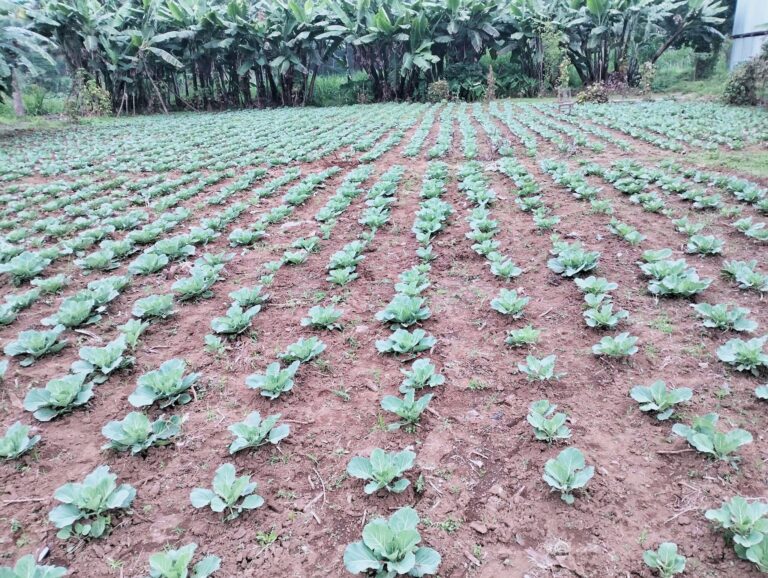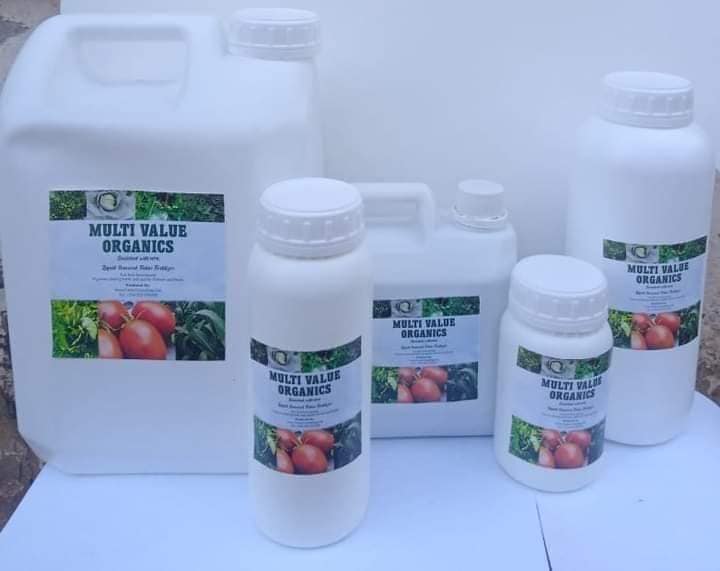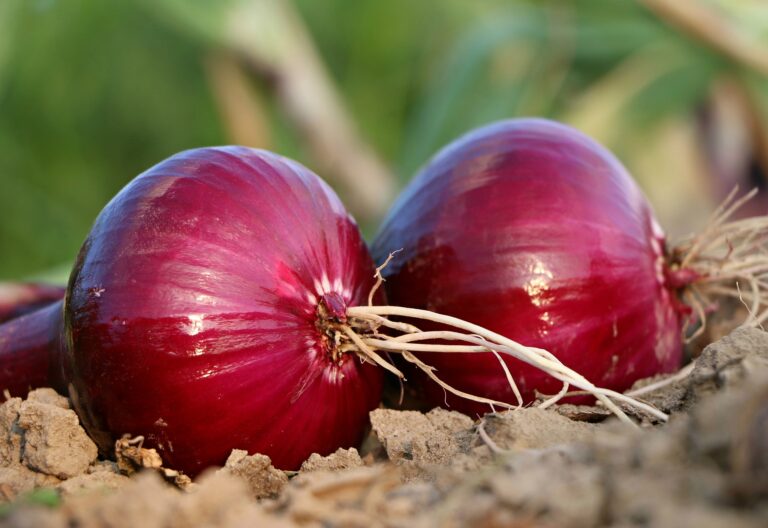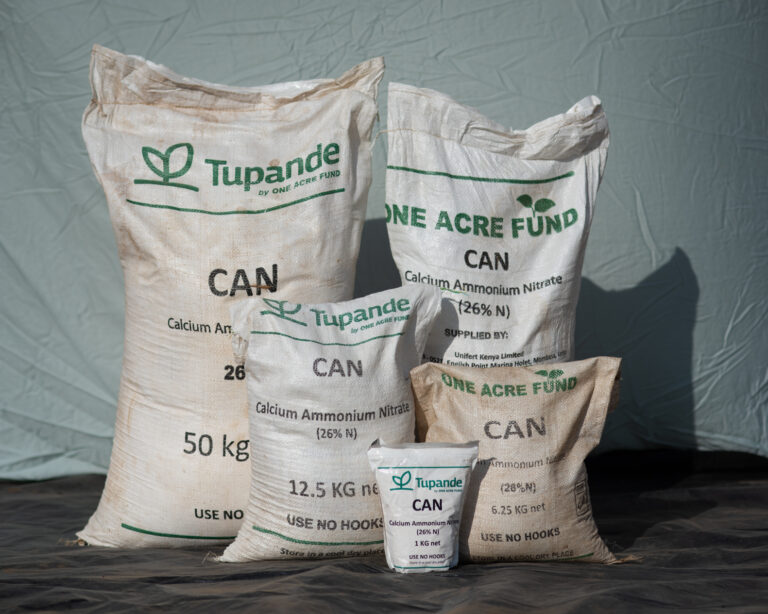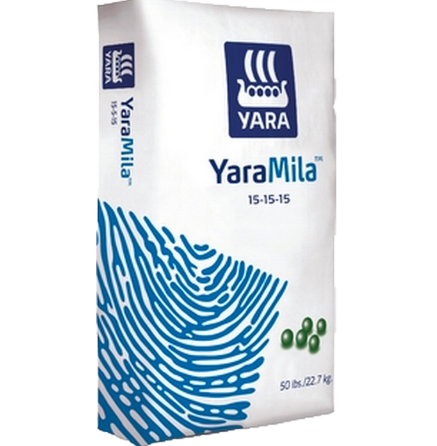The Band Placement Method of Fertilizer Application
What is Band Placement Method of Fertilizer Application?
Band placement method involves applying fertilizer in concentrated bands either on the soil surface or within the soil, near the seed or root zone. It is a targeted approach to fertilizer application. Unlike broadcast application, where fertilizer is spread uniformly across the field, band placement focuses on specific areas.
Typically, fertilizer is applied in narrow bands, either between rows or directly alongside seeds or plants. This method ensures that nutrients are readily available to the crop’s root system, enhancing nutrient uptake efficiency.
By concentrating nutrients where they are most needed, it enhances nutrient use efficiency, promotes healthy crop growth, and supports sustainable farming practices.
This technique concentrates nutrients where young plants can easily access them, while minimizing contact with the developing roots to prevent salt damage.
Key points about band placement:
- Fertilizer is typically placed 2 inches to the side and 2 inches below the seed
- It’s done in the same motion as planting, so it’s also called a “starter” application to help the plant get established
- Banding reduces the risk of fertilizer contact with foliage, minimizing nutrient loss and potential harm to the crop
- It’s an effective technique for applying immobile nutrients like phosphorus
- Banding may enable reduced application rates compared to broadcasting, as the fertilizer is more concentrated where the roots can access it
Benefits of Band Placement of Fertilizers
- Improved Nutrient Availability: By placing fertilizer close to the roots, plants have immediate access to essential nutrients. This proximity reduces nutrient loss through leaching or runoff.
- Enhanced Nutrient Use Efficiency: Banding concentrates nutrients in the root zone, reducing the amount of fertilizer needed. This leads to cost savings and minimizes environmental impact.
- Reduced Weed Growth: Since fertilizer is applied directly to the crop, weeds in the inter-row spaces receive fewer nutrients, reducing their growth and competition with the main crop.
- Better Crop Establishment: Young plants benefit from the concentrated nutrient supply, promoting stronger root development and better early growth.
- Environmental Benefits: By reducing the overall fertilizer usage and minimizing nutrient runoff, band placement contributes to more sustainable agricultural practices.
Types of Band Placement
There are several variations of the band placement method, each suited to different crops and soil conditions:
- Starter Bands: Fertilizer is placed in bands near the seed at planting time. This is particularly beneficial for crops like corn and wheat, which require a nutrient boost during germination and early growth stages.
- Side-Dressing: Fertilizer bands are applied alongside growing crops. This method is often used for crops like corn and potatoes, which benefit from nutrient supplements during mid-growth stages.
- Deep Banding: Fertilizer is placed deeper into the soil, targeting the root zone of perennial crops or deep-rooted plants. This method ensures long-term nutrient availability and reduces surface runoff.
- Surface Banding: Fertilizer is applied in bands on the soil surface, typically for no-till farming systems. This method requires subsequent rainfall or irrigation to move nutrients into the soil.
Implementing Band Placement
Implementing band placement effectively involves several steps and considerations:
- Soil Testing: Conduct soil tests to determine nutrient levels and deficiencies. This information guides the type and amount of fertilizer needed.
- Equipment Selection: Choose appropriate equipment for banding, such as planters with fertilizer attachments or specialized band applicators. Ensure the equipment is calibrated correctly for precise application.
- Application Timing: Apply fertilizer at the optimal time for the crop. Starter bands are usually applied during planting, while side-dressing can be done during the growing season.
- Band Placement Depth: Adjust the depth of fertilizer placement based on the crop type and soil conditions. Shallow-rooted crops benefit from surface or shallow bands, while deep-rooted crops require deeper placement.
- Irrigation Management: Ensure adequate irrigation to help move nutrients from surface bands into the soil and to support crop uptake.
Best Practices for Band Placement
To maximize the benefits of band placement, follow these best practices:
- Accurate Calibration: Regularly calibrate application equipment to ensure precise fertilizer placement and avoid over- or under-application.
- Use Quality Fertilizers: Select high-quality fertilizers that are readily available to plants and match the nutrient needs identified through soil testing.
- Monitor Crop Response: Keep track of crop growth and nutrient uptake. Adjust fertilizer application rates and placement methods based on crop performance and environmental conditions.
- Consider Crop Rotation: Integrate band placement with crop rotation practices to enhance soil fertility and reduce pest and disease pressures.
- Adopt Conservation Practices: Combine band placement with other conservation practices, such as cover cropping and reduced tillage, to improve soil health and sustainability.
Challenges and Solutions
While band placement offers numerous advantages, it also presents challenges:
- Equipment Costs: Specialized equipment for band placement can be expensive. Farmers can explore cost-sharing options or government subsidies to offset these costs.
- Skill Requirements: Proper implementation requires knowledge and skill. Farmers should seek training or technical assistance to master the technique.
- Soil Variability: Soil type and condition can affect the effectiveness of band placement. Regular soil testing and field monitoring help address variability and optimize application.

